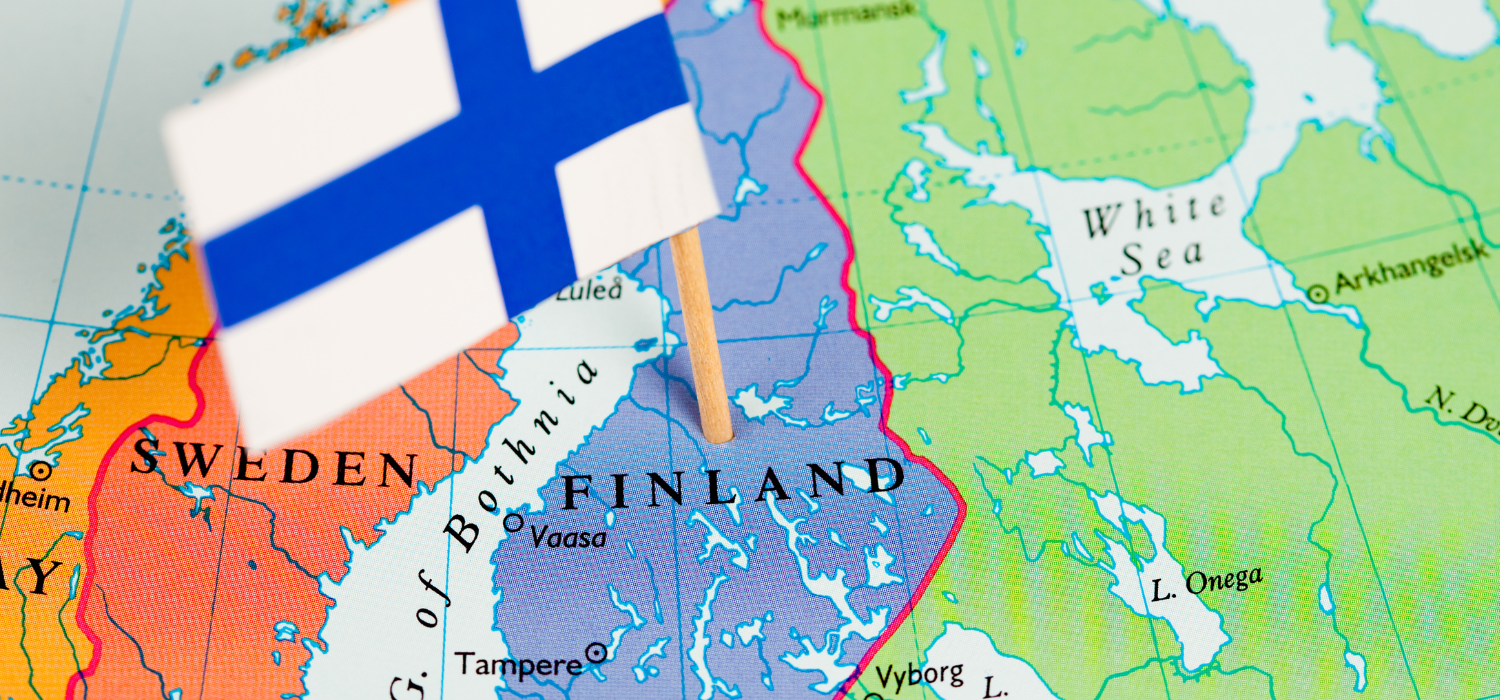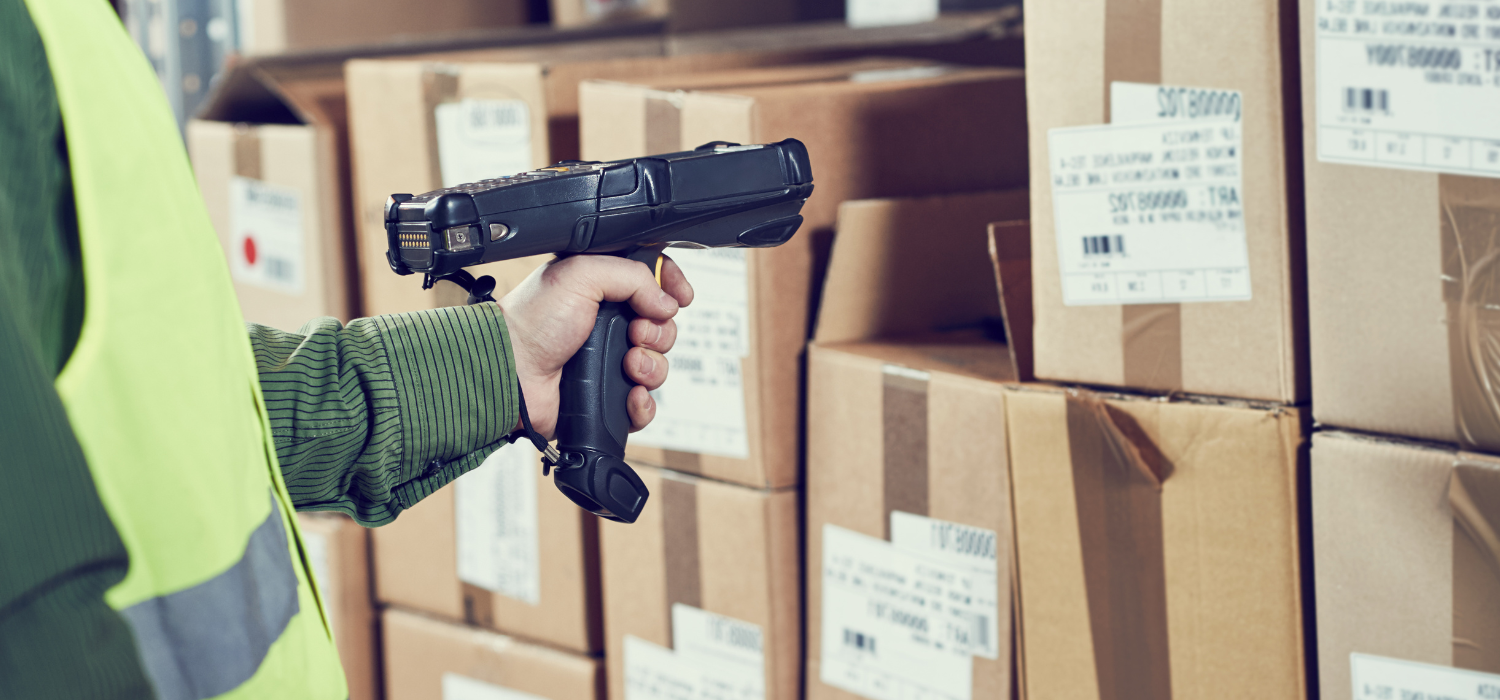In 2022, 75 percent of Internet users in Europe made online purchases of products or services. This is revealed by Eurostat, Statista and United Nations data collected in the European eCommerce Report 2022 by Ecommerce Europe and Euro Commerce, which analyzes data on 37 countries on the European continent.
Particularly striking, however, are the figures for the Netherlands, which turns out to be the country with the highest number of e-Shoppers in Europe with a percentage of 95 percent, followed closely (92 percent) by Denmark and Norway.
We therefore analyzed the main data and trends related to eCommerce in the Netherlands to understand its potential and development levers.
The volume of online sales
In 2021, eCommerce sales in the Netherlands were 30.6 billion euros with a total of 373 million orders and more online shoppers than ever before. In the first quarter of the year, despite the reopenings of physical stores after pandemic-related closures, consumers bought products massively online (+43%). In the second and third quarters, the product sector experienced modest growth of between 5 percent and 8 percent, while only the fourth quarter saw a 1 percent contraction.
Moreover, over the years, the number of online stores in the Dutch market has continued to grow, reaching 80,000 digital stores by 2022.
Dutch eShoppers among the most active in Europe
But that’s not all. According to data collected by the European eCommerce Report 2022, Dutch eShoppers would not only be the most numerous, but also among the most active. As many as 44% of them, in fact, made more than 6 online purchases in the last quarter of 2021 alone (surveyed period). Thirty-two percent stopped at between 3 and 5 purchases while only 24 percent limited themselves to a maximum of two. With respect to this index, therefore, the Netherlands takes third place on the European podium, preceded by Iceland, where 61 percent of eShoppers claim to have made more than six online purchases in the quarter, and Ireland, in second place with 48 percent.
Shopping is done “at home”
Another interesting fact has to do with the sites preferred by the Dutch for their eCommerce purchases. In fact, almost all online consumers (96%) choose national sellers for their purchases. This percentage even exceeds that of the “patriotic” French, who stopped at 80%. Thirty percent, on the other hand, also buy from European stores and only 25 percent also turn to stores in other countries around the world.
According to Marlene ten Ham, general manager of Thuiswinkel.org (a reality that allows online stores to be certified), the EU’s introduction in July 2021 of new VAT regulations would have contributed to this: “We have noticed that fewer consumers are buying products from non-EU countries. Cross-border online spending on products decreased by 6 percent in the third quarter of 2021 compared to the third quarter of 2020. In particular, spending on products on Chinese websites decreased this quarter from 14 percent to 10 percent.”
Barriers to eCommerce development
The surprises, however, are not over. Yes, because in the face of such high numbers one would expect that all barriers – or almost all – to online shopping have already been overcome. Yet, in users’ perceptions this is not the case at all. Among the main obstacles identified by eShoppers to the development of online shopping is still in the lead, with an important 85 percent, the preference for shopping at physical stores, a good old habit difficult to eradicate. It follows with 40 percent the insecurity towards online payments, still an insurmountable limit for many users throughout Europe. “In the Netherlands – Marlene ten Ham again explained – there is a lack of adequate fraud prevention, and laws and regulations regarding the processing of personal data are still an obstacle. For example, the Personal Data Authority has not given its approval for a nationwide, cross-sector fraud registration system. An organized data exchange would effectively combat fraud effectively and provide a wealth of knowledge and insights into cybercrime in order to prevent or limit it. Indeed, the exchange of information on fraud incidents, and thus criminals, within specific sectors has a proven preventive effect.” As well as on consumer confidence, we add.
Logistics: the key to success
Despite the barriers, however, as we have seen, eCommerce in the Netherlands seems to be increasingly popular and chosen by consumers for their purchases. But what, then, is the secret ingredient that can ensure such widespread success in online sales?
“Our logistics are very efficiently organized – explains ten Ham -. Ordering today and delivery tomorrow is the standard, and most online stores offer free delivery and return services.” Also, on the topic of sustainability he emphasizes, “We are seeing a growing interest in sustainable transportation, such as a focus on zero-emission fleets, bicycle delivery options, and alternative delivery models such as destruction at stores and click & collect for order pickup. As more and more consumers want to be able to choose a sustainable delivery option, more online stores and couriers are offering this option.”
In other words, the spotlight is on logistics and especially on a service that can increasingly prove to be not only efficient, but also sustainable, thus growing consumer interest and, consequently, eCommerce.
How to replicate the model in Italy as well?
The answer is simple: thanks to GEL Proximity. In fact, we are the first aggregator of Pickup Points able to integrate your online store with thousands of Lockers and Pickup Points already active throughout the national and international territory, guaranteeing your customers an alternative, more flexible, sustainable and, above all, efficient delivery method, since 100% delivery is always guaranteed.
Want to learn more about our services? Contact us to get information now and give your eCommerce a boost.






